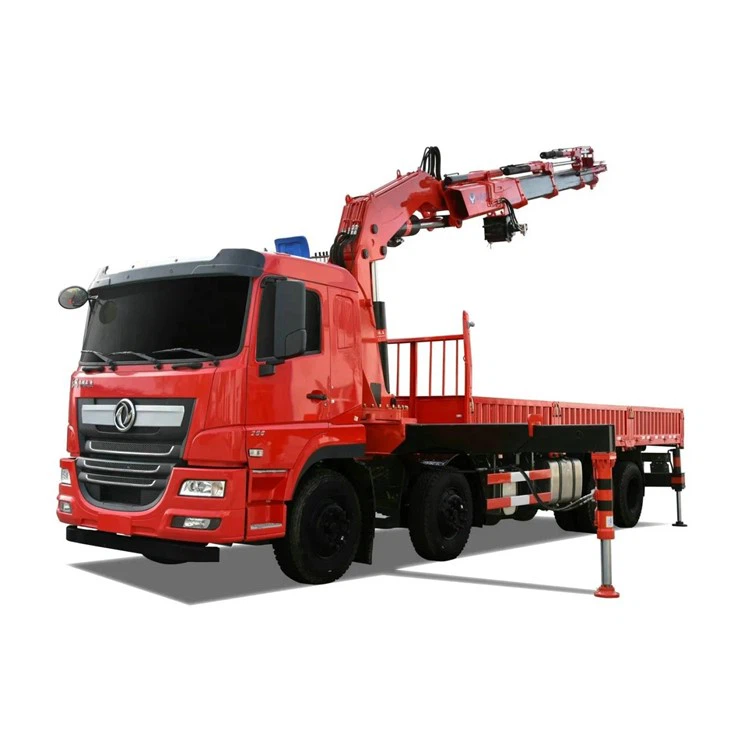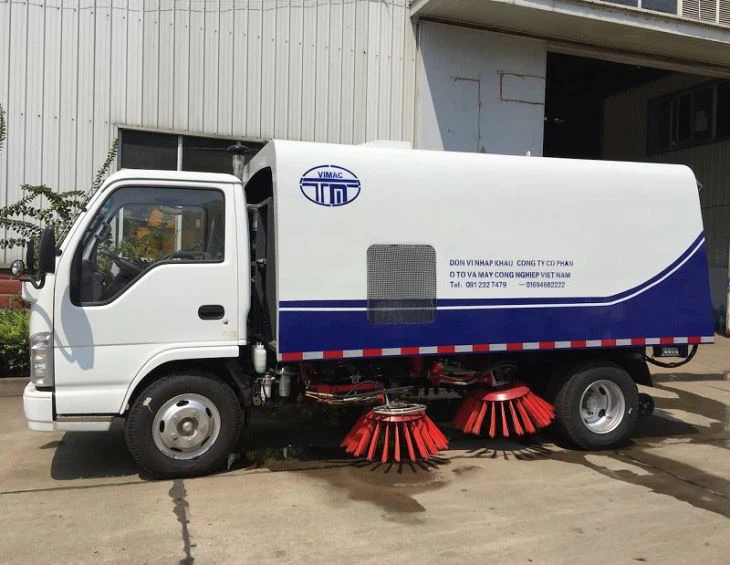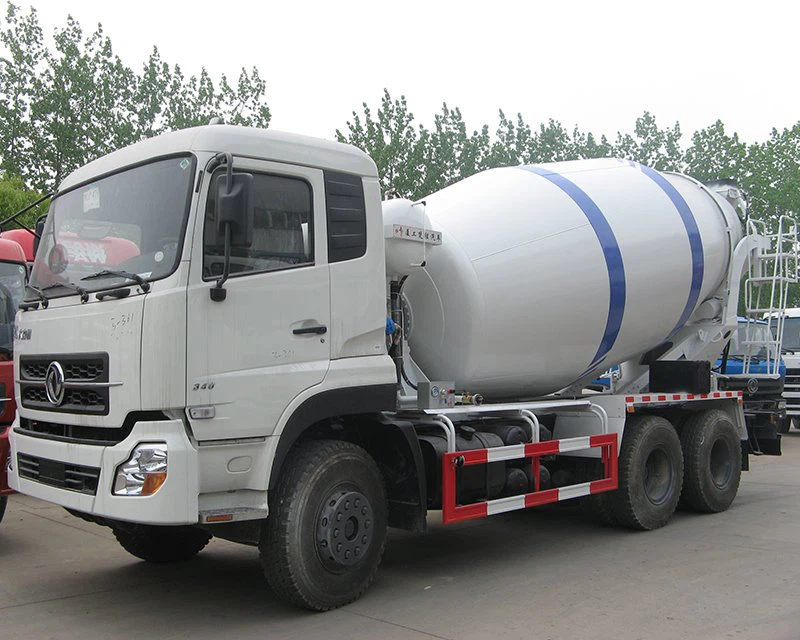What is CBU? Understanding Completely Built Units in Trade

Introduction
In international trade, terms and definitions play a crucial role in the smooth exchange of goods and services. One such term that often surfaces is CBU, or Completely Built Unit. This article will delve into the meaning of CBU, its significance in trade, the advantages and disadvantages of CBU transactions, and its implications for various stakeholders. By the end of this comprehensive guide, readers will gain a robust understanding of what CBU is and how it impacts the automotive and manufacturing industries.
What Does CBU Mean?
CBU stands for Completely Built Unit. It describes goods that are fully manufactured and assembled before being shipped from the exporter to the importer. Typically associated with the automotive industry, the term refers to vehicles that are delivered ready for use without additional assembly required on the recipient’s part. CBU stands in contrast to other shipping terms, such as CKD (Completely Knocked Down) or SKD (Semi Knocked Down), which involve parts being shipped for assembly in the destination country.
The Importance of CBU in Global Trade
Understanding the role of CBU in global trade is vital for businesses that operate internationally. Here are some reasons why CBU is significant:

Efficiency in Delivery
Shipping items as CBUs allows exporters to deliver fully assembled goods, streamlining the logistics process and reducing the time between the order and delivery.
Reduced Handling Costs
By minimizing the need for additional assembly on the importer’s side, CBU transactions can help lower handling and labor costs associated with assembling parts.
Market Readiness
A CBU product is market-ready upon arrival, which can enhance customer satisfaction as buyers do not need to wait for additional assembly or configuration.
How CBU Works in Practice
The process of CBU transactions can be illustrated through the following steps:
Step 1: Order Placement
The importer places an order with the exporter for a specific vehicle or unit. This includes specifications, preferences, and quantities.
Step 2: Manufacturing and Assembly
The exporter manufactures and assembles the units according to the order specifications. This might occur in a manufacturing facility in the exporter’s country.
Step 3: Quality Control
Once the units are assembled, they undergo quality control checks to ensure they meet standards and specifications before shipment.
Step 4: Shipping
After passing quality checks, the CBUs are prepared for shipping. They can be transported by land, air, or sea, depending on logistics and export regulations.
Step 5: Customs Clearance
Upon reaching the destination country, the units must pass through customs before they can be delivered to the importer.
Step 6: Final Delivery
Once cleared, the fully assembled units are dispatched for delivery to the importer’s location, ready for immediate use.
Advantages of CBU Transactions
CBU transactions offer various benefits to both exporters and importers:
1. Simplified Logistics
CBUs simplify logistics and shipping processes, as fully assembled units do not require additional handling or assembly.
2. Quick Market Entry
Businesses can enter markets more swiftly since products are ready for sale immediately after delivery.
3. Predictable Costs
Cost estimation becomes easier for businesses since they don’t need to account for assembly labor and additional shipping expenses related to unassembled parts.
4. Increased Compliance
CBU transactions often comply better with international trade regulations, making them a preferred method for importing vehicles and machinery.
Disadvantages of CBU Transactions
Despite the benefits, there are also challenges and drawbacks to using CBU in trade:
1. Higher Shipping Costs
Fully assembled units can be larger and heavier, which can lead to increased shipping costs compared to disassembled parts.
2. Tariff Implications
Import tariffs may apply differently to CBUs compared to SKD or CKD shipments, affecting the overall cost structure for importers.
3. Limited Customization
Importers may have less flexibility in terms of customizing products since they are pre-assembled. Customization may require importing CKD units instead.
4. Risk of Damage During Transit
The risk of damage during shipping is a concern, especially for larger and more complex vehicles, which can be costly if repairs are necessary upon arrival.
Industries Utilizing CBU

Several industries thrive on CBU transactions, with the automotive sector being the most prominent. Here are a few industries where CBU is prevalent:
Automotive Industry
The automotive industry is the primary domain for CBU transactions. Major car manufacturers, such as Toyota, Ford, and BMW, often sell vehicles as CBUs in various global markets.
Consumer Electronics
High-end consumer electronics, like laptops and gaming consoles, may also be shipped as CBUs, especially when targeting markets with robust distribution networks.
Machinery and Equipment
Industrial machinery is sometimes shipped as CBUs for easier deployment in manufacturing and other operational environments.
Medical Devices
Some medical equipment and devices are also delivered as CBUs, ensuring they are ready for use in healthcare settings immediately upon delivery.
How to Import CBUs Successfully: Practical Tips
For businesses considering importing CBUs, here are some practical tips to ensure a smooth process:
1. Research Import Regulations
Understand the specific regulations and requirements for importing CBUs into your country to avoid delays and penalties.
2. Partner with Reliable Exporters
Work with reputable exporters who have experience in CBU transactions to ensure high-quality products and reliable shipping.
3. Consider Logistics Options
Evaluate the best logistics options available, including shipping methods and routes to minimize costs and transit times.
4. Assess Tariff Implications
Analyze the tariff structure for importing CBUs and determine how it impacts your overall cost calculations.
5. Prepare for Clearances
Ensure all customs documentation is prepared and complete to facilitate smooth clearance and prevent unnecessary delays.
Frequently Asked Questions (FAQs)
1. What is the difference between CBU and CKD?

CBU refers to completely manufactured and assembled units shipped ready for use, while CKD stands for Completely Knocked Down, where products are shipped as disassembled parts for assembly at the destination.
2. Are CBUs more expensive than CKDs?
CBUs can be more expensive due to higher shipping costs and import tariffs compared to CKDs, but they offer the advantage of being immediately usable upon arrival.
3. What industries primarily utilize CBU shipments?
The automotive industry is the largest user of CBU shipments, but consumer electronics, machinery, and certain medical devices also leverage this shipping method.
4. How can I ensure a successful CBU import?
Research import regulations, work with reliable exporters, evaluate logistics options, assess tariffs, and prepare necessary customs documentation to ensure a smooth CBU import process.
5. Can I customize a CBU product?
Customization options may be limited with CBUs since they are pre-assembled. If extensive customization is needed, consider importing CKD units instead.
6. What are the risks associated with importing CBUs?
Risks include higher shipping costs, potential damage during transit, and compliance with import regulations, which may vary from country to country.
